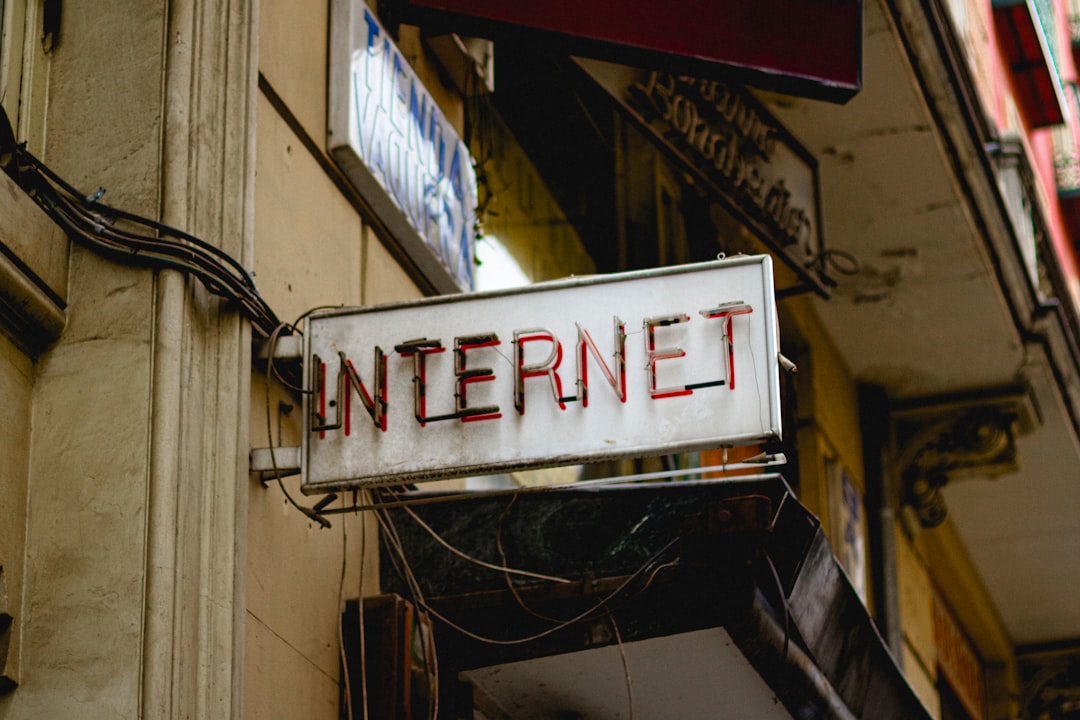Accessing Google Drive is an everyday necessity for millions of users worldwide, whether for personal productivity, school projects, or workplace efficiency. However, users may occasionally find that drive.google.com is blocked on their network — a common issue in schools, organizations, and countries with internet restrictions. This limitation can severely hamper workflow and information access. Fortunately, various workarounds and tools are available to bypass these restrictions securely and responsibly.
Understanding Why Google Drive Might Be Blocked
Table of Contents
Before exploring solutions, it’s important to understand the reasons behind the block. Knowing why access is restricted can influence which alternative methods are safest and most effective.
- Institutional Restrictions: Schools and companies often block Google Drive to control productivity or bandwidth use.
- Government Censorship: In some countries, access to certain Google services, including Google Drive, may be restricted due to regulatory laws.
- Firewalls: Network-level firewalls can block specific domains like drive.google.com.
Proven Ways to Access Google Drive When It’s Blocked
1. Use a VPN (Virtual Private Network)
A VPN is one of the most effective methods to bypass internet censorship or network blocks. It masks your IP address and encrypts your internet connection, allowing you to access services that may otherwise be restricted.
Steps to Use a VPN:
- Install a reliable VPN app such as NordVPN, ExpressVPN, or ProtonVPN.
- Connect to a server in a region where Google Drive is accessible.
- Navigate to drive.google.com in your browser.

Note: Always use trusted VPN services, especially in countries with aggressive internet surveillance policies. Free VPNs can compromise your privacy and data.
2. Use Google Drive Through a Proxy Server
Proxy servers act as intermediaries between your device and the internet. Unlike VPNs, they do not encrypt your entire connection but can help you to unblock specific websites like Google Drive.
To use a proxy:
- Search for a public or paid proxy provider in your browser.
- Configure your browser settings to route traffic via the proxy’s IP and port.
- Try visiting Google Drive through the proxy connection.
Although proxies are easier to set up, they offer less security than VPNs and can be unreliable for large file transfers or login sessions.
3. Access Through Google Drive Apps
If the web version of Google Drive is blocked, try using the official app on mobile devices or desktop clients like Google Drive for Desktop.
Mobile App Method:
- Download the Google Drive app from the Apple App Store or Google Play Store.
- Login with your Google credentials.
- Access and sync files directly without navigating to the website.
Some networks might block web domains like drive.google.com but allow app-based access using different ports or addresses.
4. Use Google Drive via Google Docs, Sheets, or Slides Links
Sometimes, drive.google.com may be blocked, but Google Docs, Sheets, or Slides URLs (e.g., docs.google.com) may still be accessible. Since all these services are integrated with Google Drive, you can reach stored documents through them.
Steps:
- Open docs.google.com or sheets.google.com.
- Use the ‘File > Open’ option to browse files stored on your Drive.
- Many basic Drive functions like viewing, editing, and sharing are still available here.
This method may not give access to all file types, especially non-Google formats (e.g., .pdf, .zip), but it is useful for document-centric users.
5. Remote Desktop Access
If your main computer at home or work has unrestricted access to Google Drive, you can control it remotely. Tools such as Chrome Remote Desktop or TeamViewer make this possible.
How to set it up:
- Install Chrome Remote Desktop on both your host and remote machines.
- Ensure your home PC is on and connected to the internet.
- Use the remote session to browse or transfer files from Google Drive.

Remote desktop solutions are ideal for those with secure and continuous access to another unblocked machine. However, they require some initial setup and may not be feasible in emergency situations.
6. Download Files from a Trusted Friend
If none of the technical options is feasible, the simplest way to access a specific file is to ask a friend or colleague who has access to download and share the file with you through email or another cloud service.
File transfer options include:
- Email attachments
- Alternative cloud storage (e.g., Dropbox, OneDrive)
- Temporary file sharing sites like WeTransfer or Firefox Send
This is not a scalable solution but can serve as a temporary fix when you need specific files urgently.
Remember to Stay Safe
When using tools like VPNs or proxies, it’s vital to ensure you are not violating any institutional or legal policies. Misuse can result in disciplinary action, especially within corporate or educational environments. Always prioritize legitimate needs and data privacy.
Conclusion
Though it can be frustrating when drive.google.com is blocked, there are several reliable methods to regain access. From using a VPN or proxy server to trying alternative Google services or remote desktop tools, users have a toolkit of options to continue their work seamlessly. Choosing the right method often depends on the reasons for the block and the tools available to the user.
Frequently Asked Questions (FAQ)
-
Q: Is it legal to use a VPN to access Google Drive?
A: This depends on your country and institution. In many countries, VPNs are legal, but using them to bypass local restrictions may violate specific rules. Always check your organization’s and country’s policies. -
Q: Can I get a virus from using public proxies?
A: Yes. Public proxies can be malicious or log your data. Use only trusted sources or consider safer alternatives like paid VPN services. -
Q: Is Google Drive app always available even if the website is not?
A: Not always. Some networks block the app along with the website. However, in many cases, mobile internet or different network protocols allow app access. -
Q: Can I use Incognito mode to bypass the block?
A: No. Incognito mode does not hide your IP or bypass content restrictions. It only prevents local history and cookies from being stored. -
Q: Are there browser extensions that help access Drive?
A: Some Chrome extensions add proxy or VPN functionality, but install them with caution. Check user reviews and permissions before trusting any browser add-ons.
By exploring these alternatives mindfully, users can maintain productivity and uninterrupted access to their important documents stored on Google Drive.

